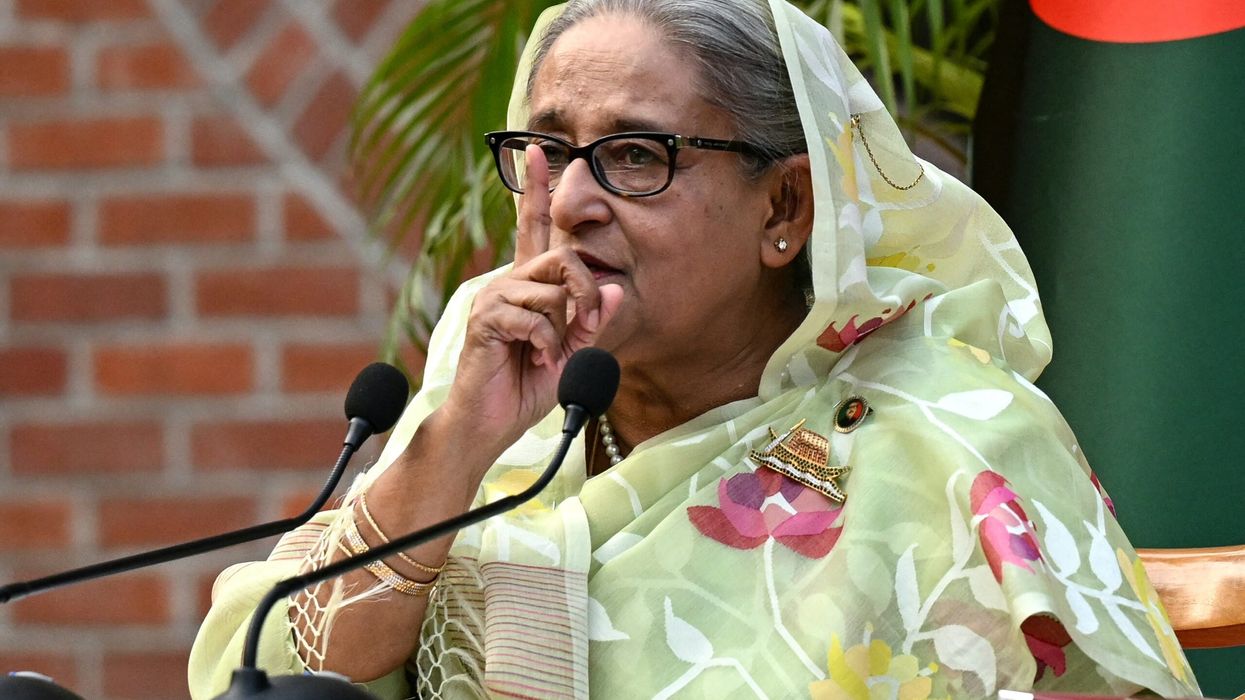A team led by Van Andel Institute scientists has identified two distinct types of obesity with physiological and molecular differences that may have lifelong consequences for health, disease and response to medication.
The findings, published today in the journal Nature Metabolism, offer a more nuanced understanding of obesity than current definitions and may one day inform more precise ways to diagnose and treat obesity and associated metabolic disorders. The study also reveals new details about the role of epigenetics and chance in health and provides insights into the link between insulin and obesity.
"Nearly two billion people worldwide are considered overweight and there are more than 600 million people with obesity, yet we have no framework for stratifying individuals according to their more precise disease etiologies," said J. Andrew Pospisilik, Ph.D., chair of Van Andel Institute's Department of Epigenetics and corresponding author of the study. "Using a purely data-driven approach, we see for the first time that there are at least two different metabolic subtypes of obesity, each with their own physiological and molecular features that influence health. Translating these findings into a clinically usable test could help doctors provide more precise care for patients."
Currently, obesity is diagnosed using body mass index (BMI), an index correlated to body fat that is generated by comparing weight in relation to height. It is an imperfect measure, Pospisilik says, because it doesn't account for underlying biological differences and can misrepresent an individual's health status.
Using a combination of laboratory studies in mouse models and deep analysis of data from TwinsUK, a pioneering research resource and study cohort developed in the United Kingdom, Pospisilik and his collaborators discovered four metabolic subtypes that influence individual body types: two prone to leanness and two prone to obesity.
One obesity subtype is characterized by greater fat mass while the other was characterized by both greater fat mass and lean muscle mass. Somewhat surprisingly, the team found that the second obesity type also was associated with increased inflammation, which can elevate the risk of certain cancers and other diseases. Both subtypes were observed across multiple study cohorts, including in children. These insights are an important step toward understanding how these different types impact disease risk and treatment response.
After the subtypes were identified in the human data, the team verified the results in mouse models. This approach allowed the scientists to compare individual mice that are genetically identical, raised in the same environment and fed the same amounts of food. The study revealed that the inflammatory subtype appears to result from epigenetic changes triggered by pure chance. They also found that there seems to be no middle ground -- the genetically identical sibling mice either grew to a larger size or remained smaller, with no gradient between them. A similar pattern was seen in data from more than 150 human twin pairs, each of whom were virtually the same genetically.
"Our findings in the lab almost carbon copied the human twin data. We again saw two distinct subtypes of obesity, one of which appeared to be epigenetically 'triggerable,' and was marked by higher lean mass and higher fat, high inflammatory signals, high insulin levels, and a strong epigenetic signature," Pospisilik said.
Depending on the calculation and traits in question, only 30%-50% of human trait outcomes can be linked to genetics or environmental influences. That means as much as half of who we are is governed by something else. This phenomenon is called unexplained phenotypic variation (UPV) and it offers both a challenge and untapped potential to scientists like Pospisilik and his collaborators.
The study indicates that the roots of UPV likely lie in epigenetics, the processes that govern when and to what extent the instructions in DNA are used. Epigenetic mechanisms are the reason that individuals with the same genetic instruction manual, such as twins, may grow to have different traits, such as eye color and hair color. Epigenetics also offer tantalizing targets for precision treatment.
"This unexplained variation is difficult to study but the payoff of a deeper understanding is immense," Pospisilik said. "Epigenetics can act like a light switch that flips genes 'on' or 'off,' which can promote health or, when things go wrong, disease. Accounting for UPV doesn't exist in precision medicine right now, but it looks like it could be half the puzzle. Today's findings underscore the power of recognizing these subtle differences between people to guide more precise ways to treat disease."













